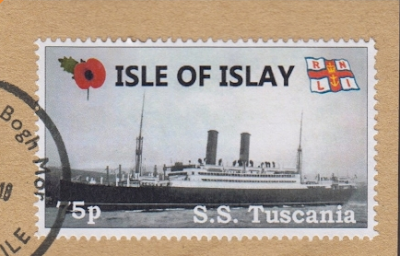HMHS Britannic, a sister ship to the RMS Titanic and HMHS (His Majesty's Hospital Ship) Britannic, was launched on February 26, 1914. Britannic was the third and final Olympic-class ocean liner built by the White Star Line, a British shipping company.
Like its sister ships, Britannic was initially designed to be a luxury ocean liner, but due to the outbreak of World War I, its construction was repurposed to serve as a hospital ship before it could enter commercial service. Britannic's career as a hospital ship was short-lived, as it sank in the Aegean Sea on November 21, 1916, after hitting a mine during its service as a hospital ship in the Mediterranean.
Despite being launched as a hospital ship, Britannic has historical significance not only due to its association with the Titanic but also because it played a role in maritime and medical efforts during World War I. The sinking of the Britannic resulted in fewer casualties compared to the Titanic disaster, as the ship's design improvements and the crew's response contributed to a more successful evacuation of passengers and medical staff.







